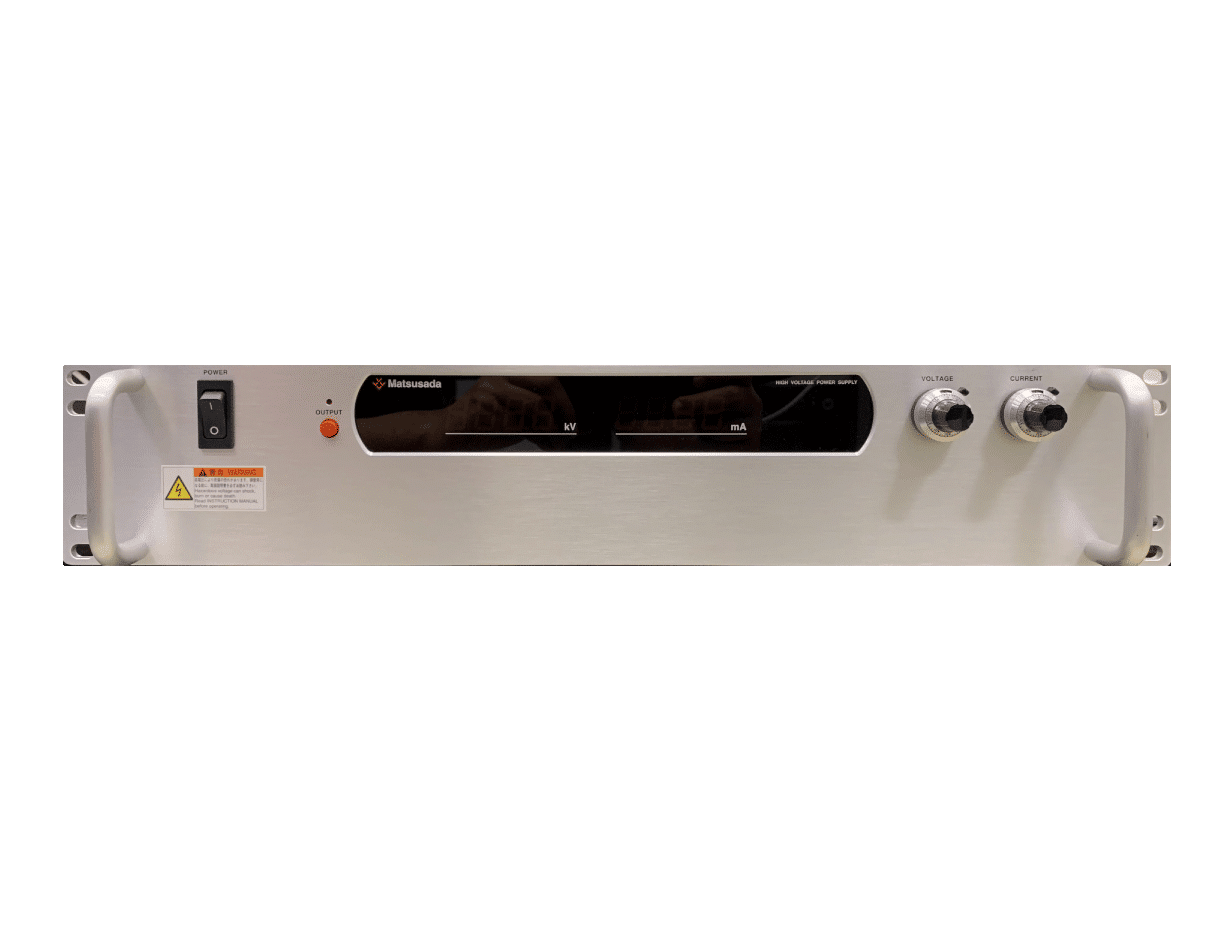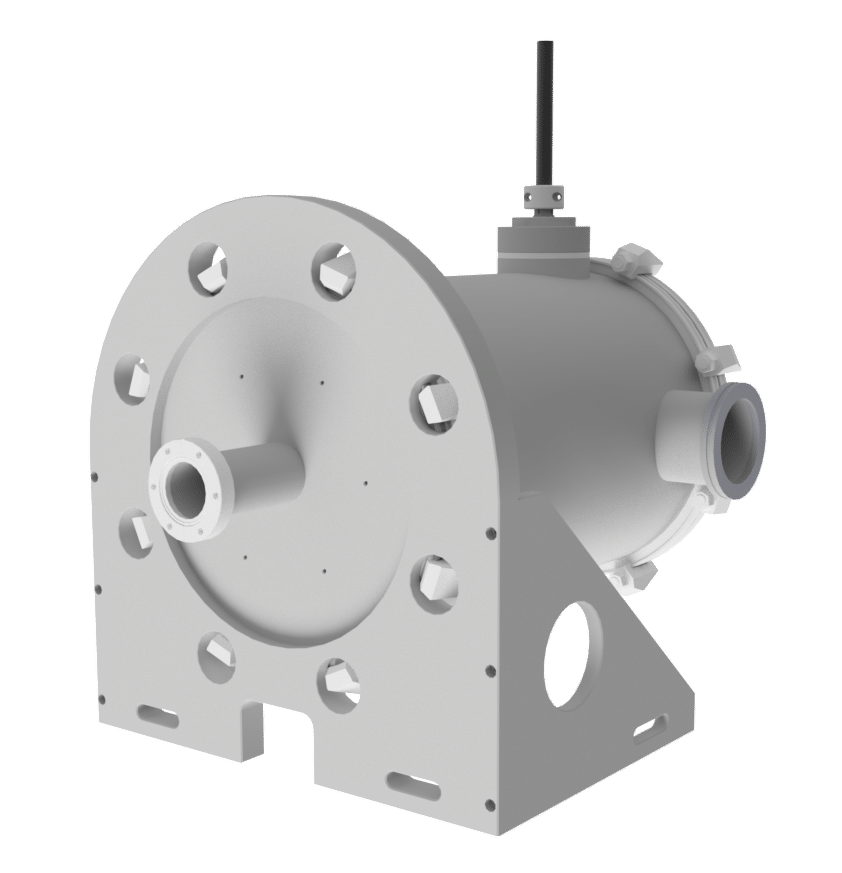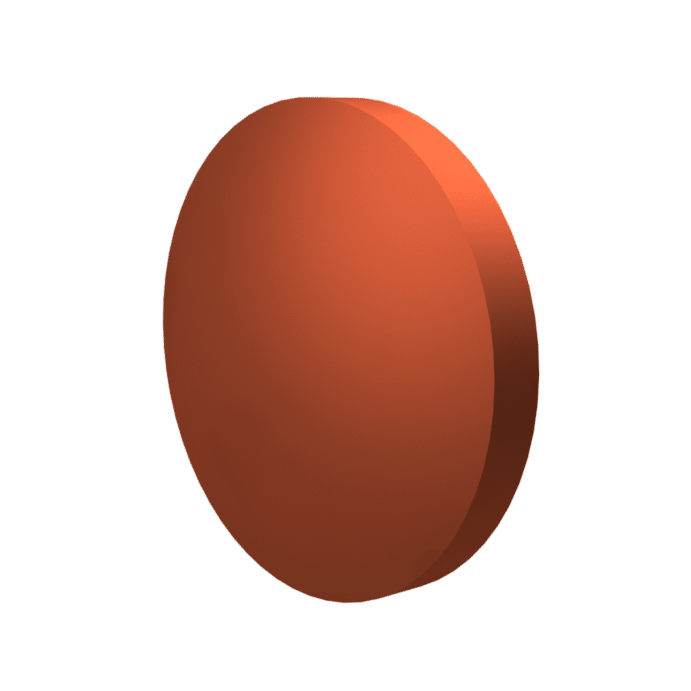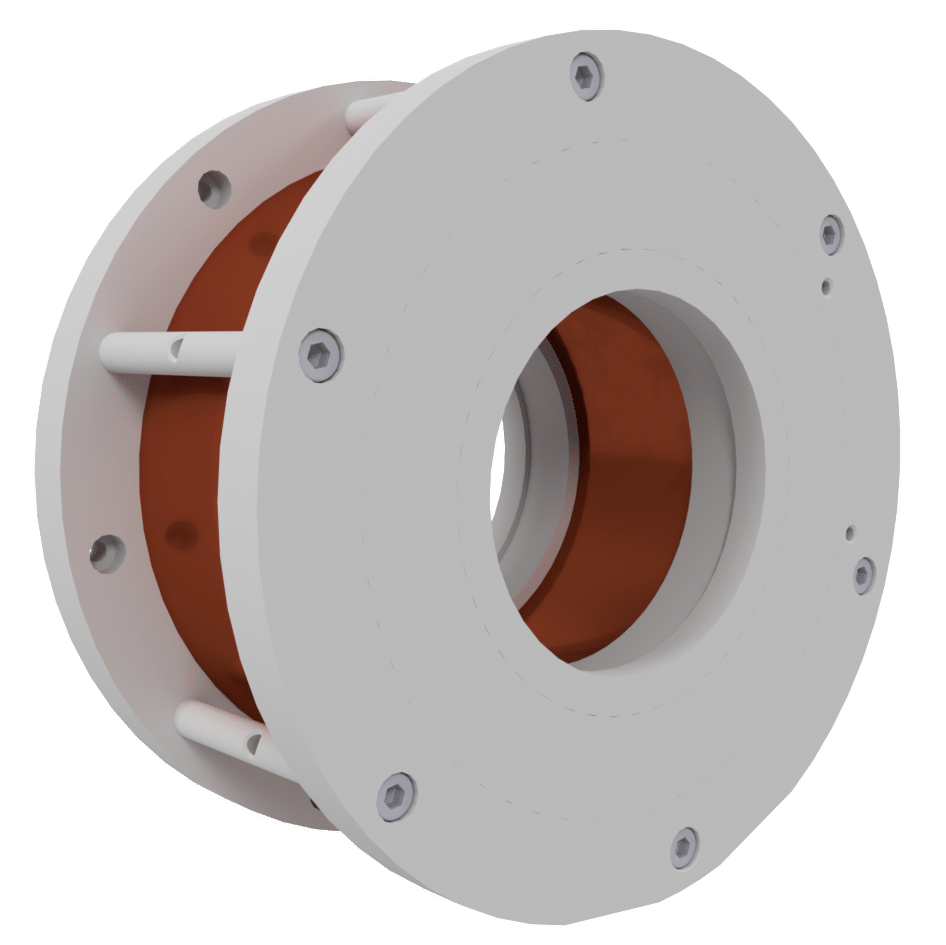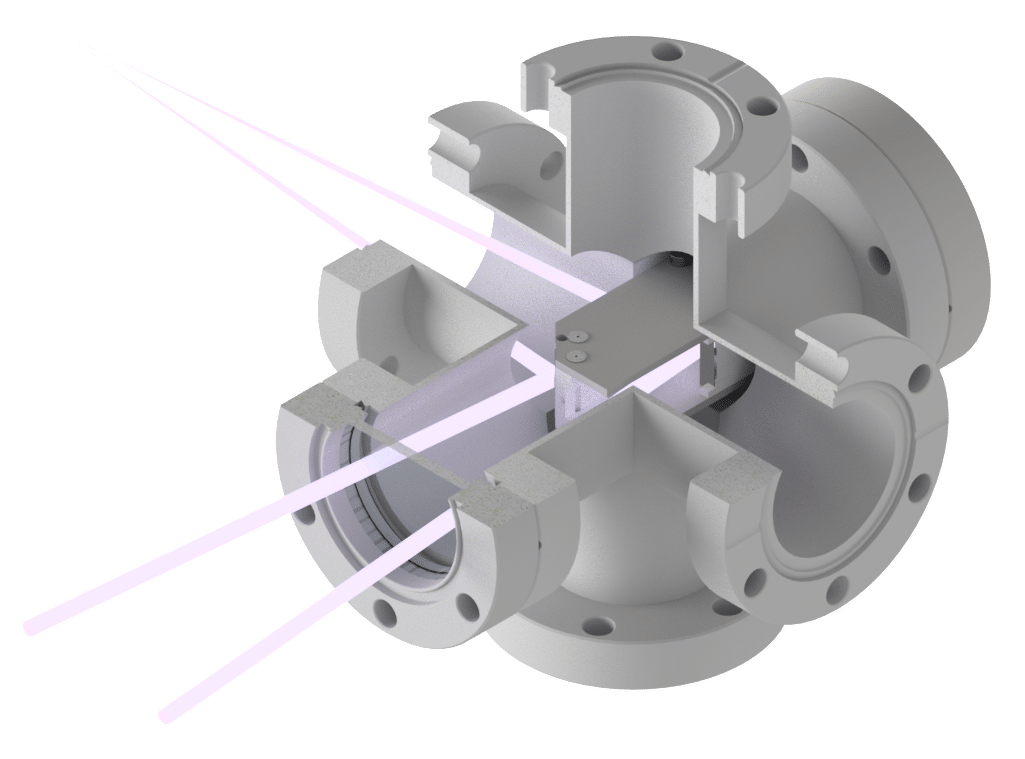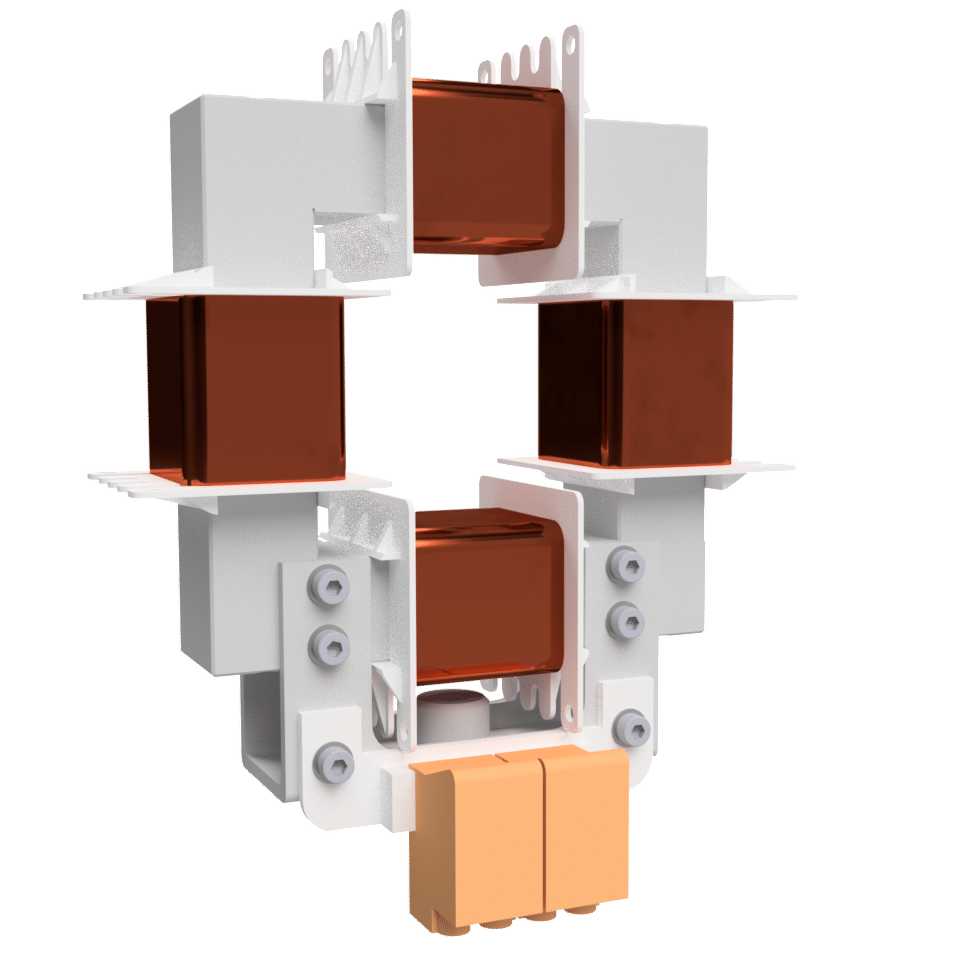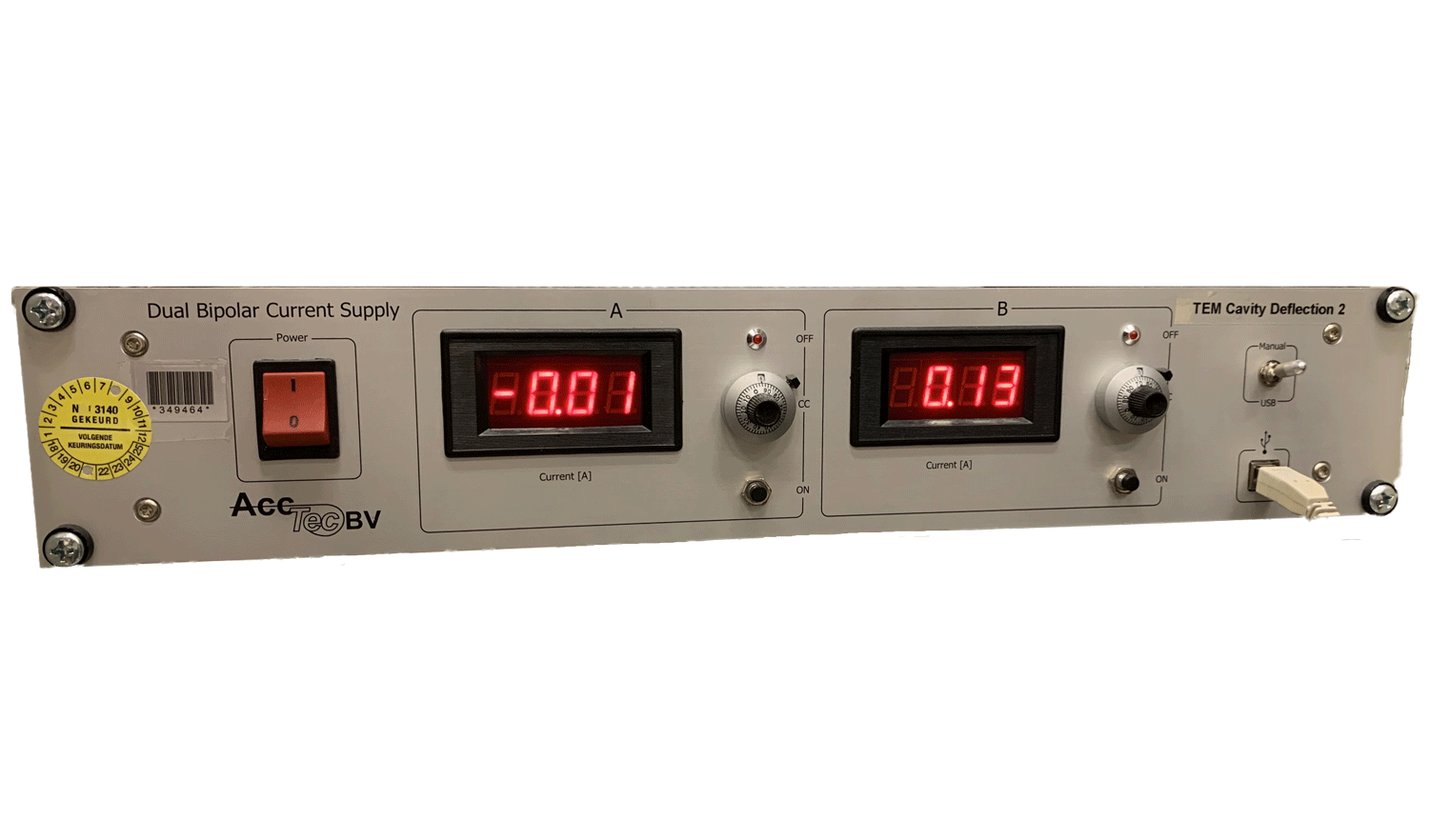Photogun UNIT

In our 100 kV DC electron gun voltages up to 100 kV can be applied across a diode consisting of a flat copper cathode and a copper anode with a hole, which are separated by 1 cm. The high voltage is applied through a very compact HV feedthrough. At 100 kV this results in a DC electric field of 12 MV/m on the cathode surface. Ultrashort electron bunches can be generated by photoemission with 266 nm femtosecond laser pulses, the 3rd harmonic of the 800 nm Ti-sapphire wavelength. The electron bunches are typically created by front illumination of a bulk copper cathode through the hole in the anode, using the laser incoupler component. Using front illumination of a bulk copper cathode, a 1 μJ 266 nm laser pulse is sufficient to generate a 1 pC electron bunch. Directly on the exit of the 100 kV DC electron gun a magnetic solenoid lens is mounted to collimate the electron bunch, which undergoes a strong Coulomb expansion at typical bunch charges (0.01-1 pC).
FEATURES
- High gradient 12 MV/m
- High brightness
- 100 kV beam energy
- Small footprint
- High charge
- Femtosecond pulses
SPECIFICATIONS
| Beam Energy | up to 100 keV |
| Cathode material | Copper |
| Bunch charge | > 100 fC |
| Pluse duration | < 100 fs* |
| Emittance | 30 nm rad |
| * depends on pulse length of the photoionization laser pulse |
This Unit Contains
100 kV power supply
High stability negative 100 kV power supply. We optionally provide an optically isolated remote control for the power supply.
DC Photogun
The DC photogun itself. We have developed a custom high voltage vacuum feedthrough to supply the -100 kV to the cathode. The photocathode can be easily replaced. The vacuum chamber can be pumped through the anode hole and through a KF63 opening on the back.
Copper Cathode
We use a high purity copper cathode in our photogun unit. The cathode is made by single diamond turning. The machining grooves on the cathode can be used for easy laser alignment.
Collimation Coil
The collimation coil is used to counteract the “accelerator exit kick”. The anode iris of the DC accelerator acts as a strong negative lens which makes the electron beam highly diverging. The collimator coil collimates the electron beam by focussing the beam. Due to the high current that is needed to collimate the electron beam this coil needs to be water cooled.
Laser Incoupler
The laser incoupler is used to guide the ionization laser pulses to the photocathode. It consists of two mirrors, an entry mirror and an exit mirror. The electron beam that is created passes through the 15 mm space between the mirrors.
Focussing Coil
The focussing coil is used to provide control over the spot size at the interaction point. The focal length can be adjusted by simply changing the current that runs through the coil.
Steering Coil
The steering coil provides control over the position of the electron beam at the interaction point. This coil creates a horizontal and a vertical magnetic field whose strengths depends on the currents that run through them. A dual bipolar current supply allows for a smooth zero passage of the current that operates the steering coil.
Bipolar Current Supply
The bipolar current supply is used to drive the steering coils. The output power of the current supply is matched to the steering coils.

